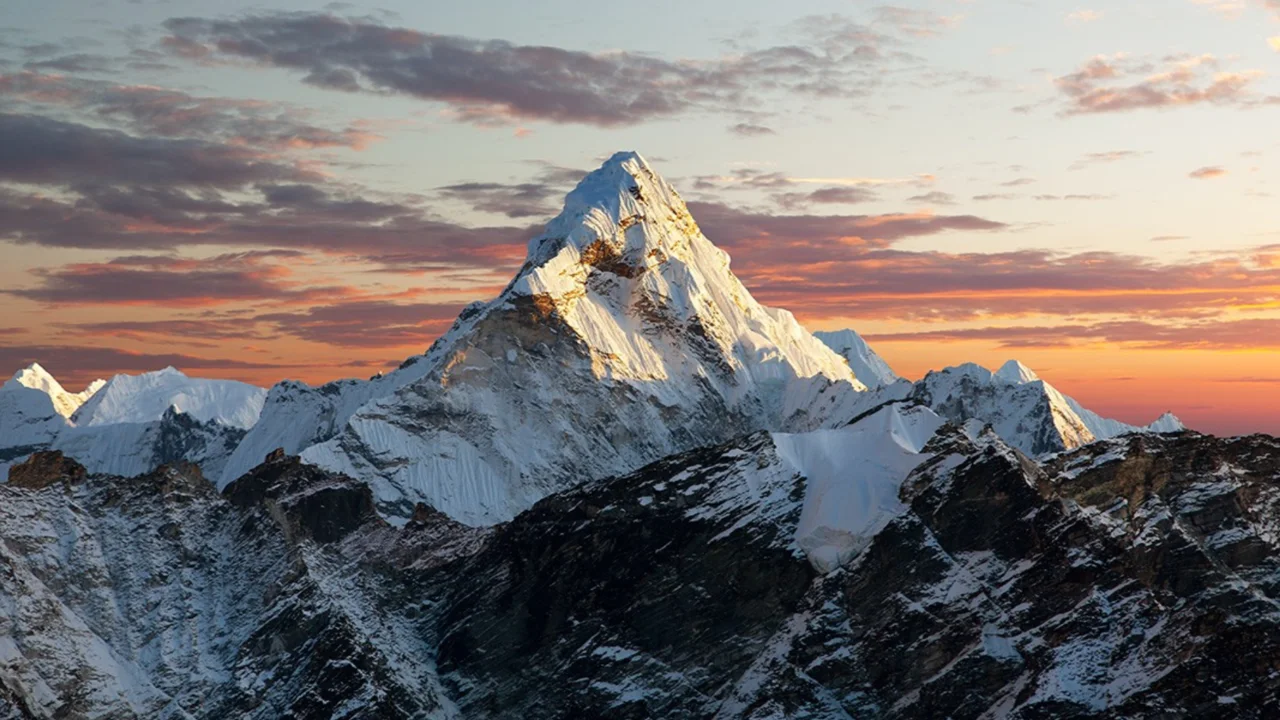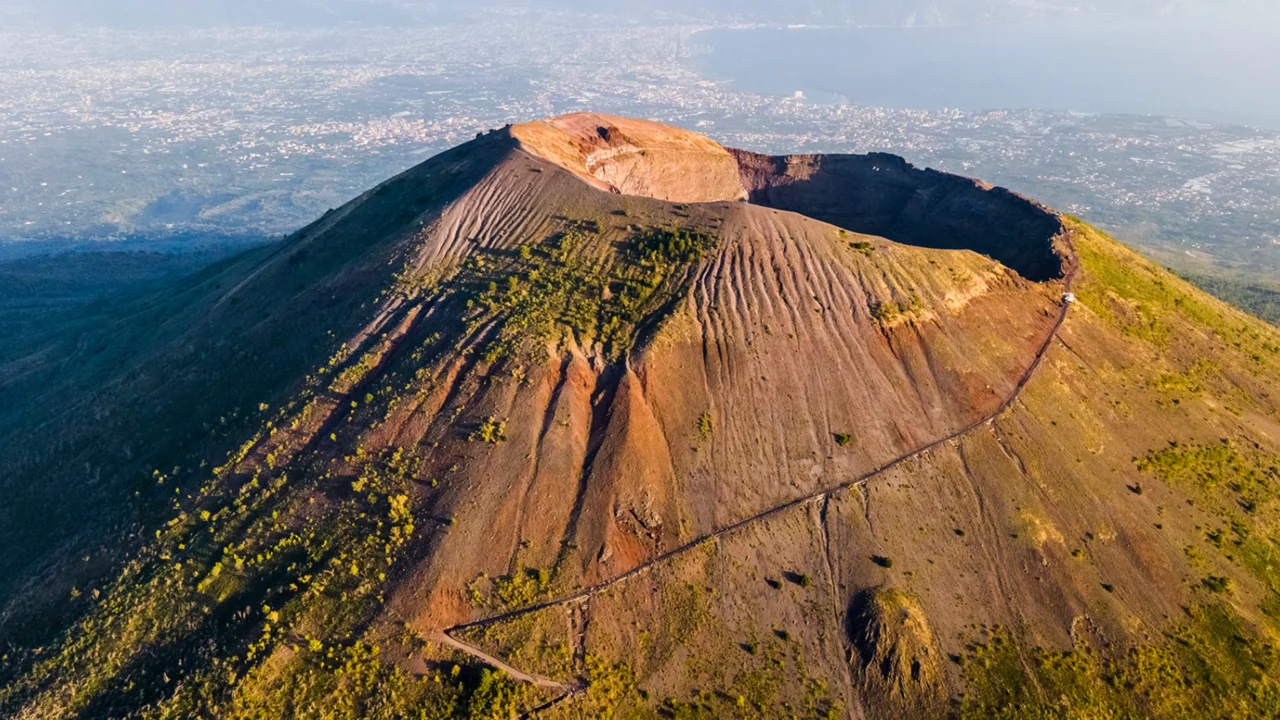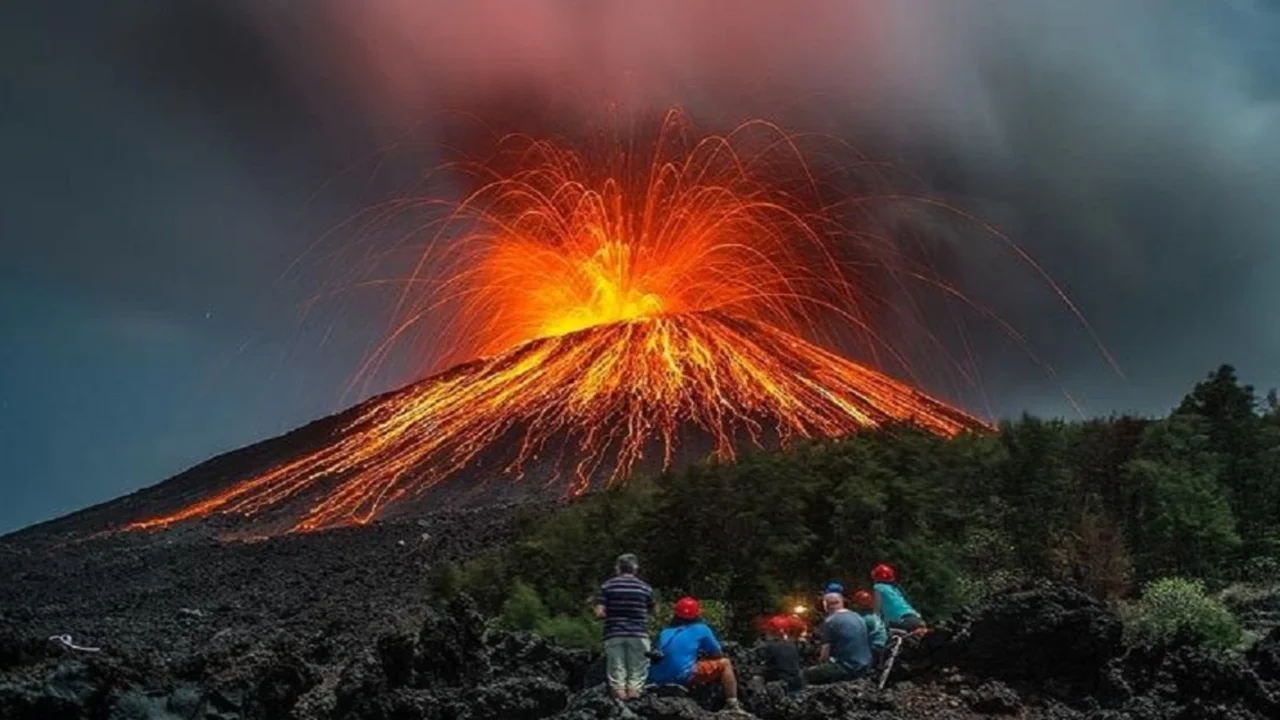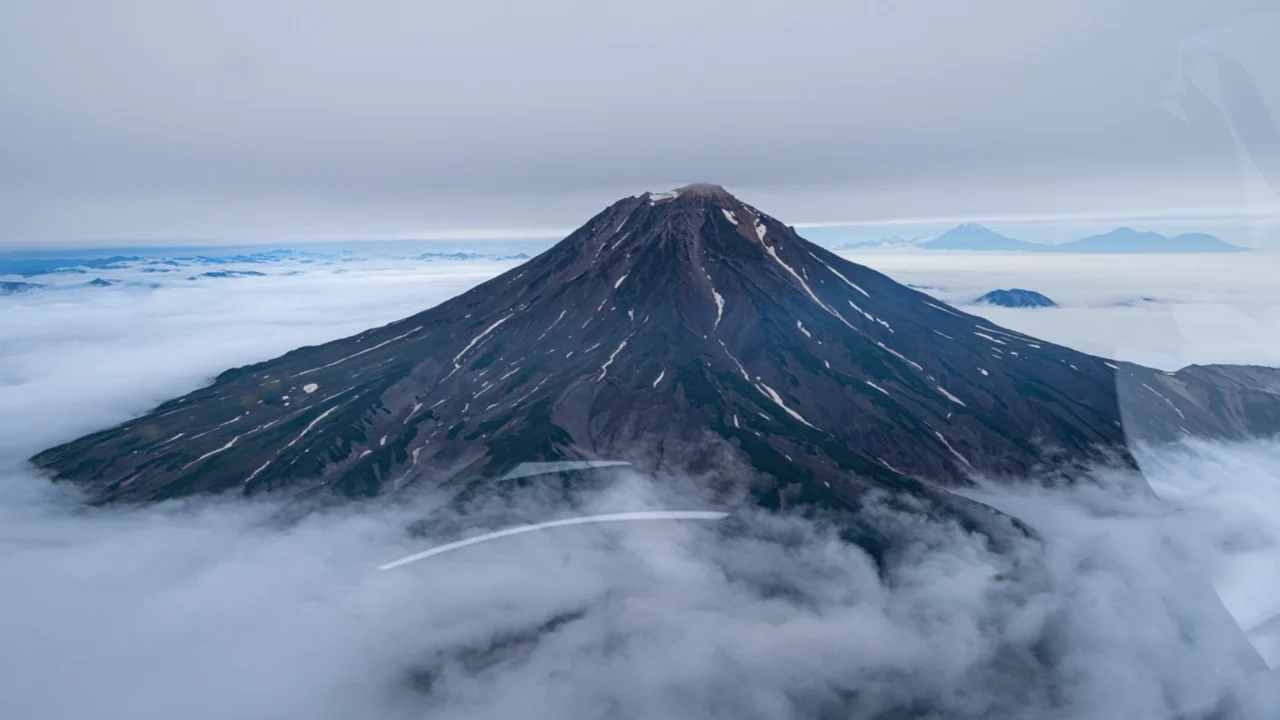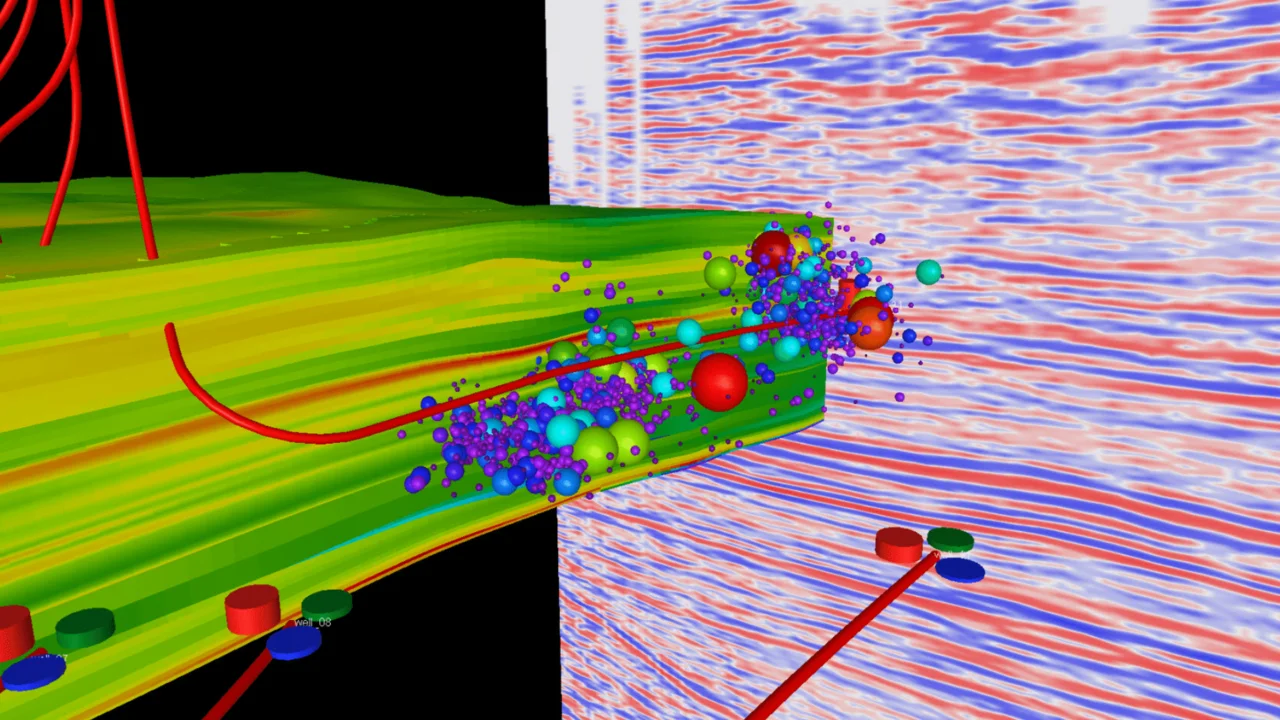How we size “largest”
Scientists mostly use the Volcanic Explosivity Index (VEI), a log scale where each step is ~10× more erupted material. VEI-8 sits at the summit — short, rare, planet-shaping. But volumes are estimates, plume heights get revised, and dates tighten with new labs. Translation: any top-10 is smart, not sacred.
Supereruptions (VEI-8)
Toba — ~74,000 years ago, Sumatra
Caldera collapse, lake born from the scar, ash tracked across the Indian Ocean rim. Its glass shards show up in far-off cores. Enormous. Abrupt. Climate-nudging.
Taupō (Oruanui) — ~26,500 years ago, New Zealand
A multipart sequence — falls, ignimbrites, final collapse — that rewired the central North Island. Later Taupō events? Still punchy, never Oruanui-big.
La Garita — ~28 million years ago, Colorado, USA
Source of the Fish Canyon Tuff: a broad, surprisingly uniform ignimbrite sheet. That uniformity whispers “fast, high-volume discharge” from a giant magma body.
Historic heavy-hitters (VEI ≥6)
Tambora — 1815, Indonesia (VEI-7)
The largest in written history. Stratospheric aerosols helped set up 1816’s “Year Without a Summer.” Today a wide caldera rims Sumbawa. Hard to miss.
Krakatau — 1883, Indonesia (VEI-6)
Runaway blasts, caldera collapse, tsunamis. Barometers worldwide twitched as pressure waves lapped the globe; sunsets went weirdly vivid. Anak Krakatau later grew in the gap.
Novarupta — 1912, Alaska, USA (VEI-6)
Twentieth-century champ. Ash-flow tuffs paved the Valley of Ten Thousand Smokes; steam vented for years after. Stark, ash-grey country.
Pinatubo — 1991, Philippines (VEI-6)
Well-forecast crisis. Sulfate aerosols cooled global temps for a few seasons. The long tail? Lahars that woke up every rainy year. Risk didn’t end when the ash fell.
Lava floods: huge, just different
Flood-basalt provinces don’t throw sky-high plumes; they stack lava. The Deccan Traps rose in pulses over long spans, building thick plateaus. Immense total mass, modest VEI. “Largest,” here, means area and tonnage — not fireworks.
Why lists wobble
Methods, dates, definitions
Bulk tephra or dense-rock equivalent? One vent or a stitched multi-phase episode? New ages, better mapping, revised plume heights — shuffle, shuffle. So rankings move. The story remains: a handful of eruptions bent the climate, redrew coasts, and left rock records legible across continents.
Quick takeaway
VEI is a useful yardstick. Context rules. Style, duration, aftermath — those decide how each giant actually changed the world.






